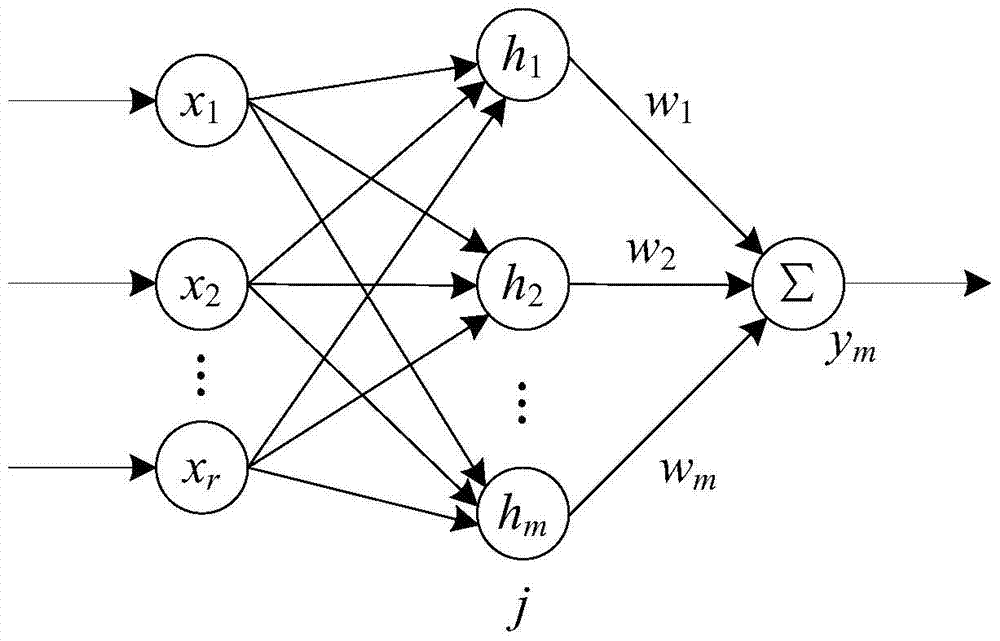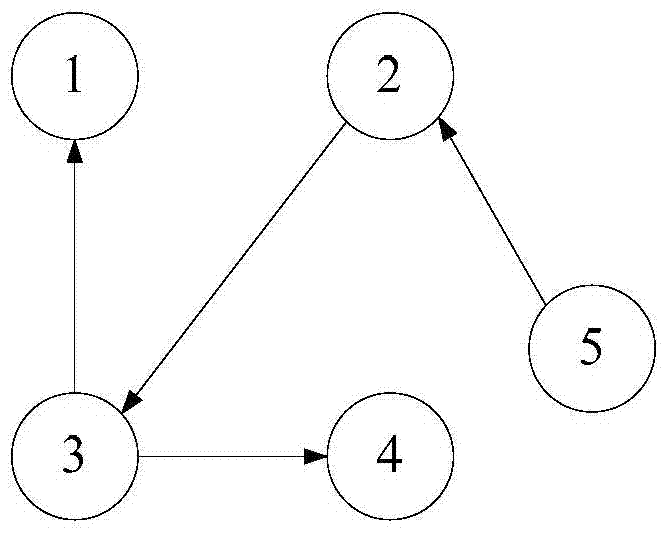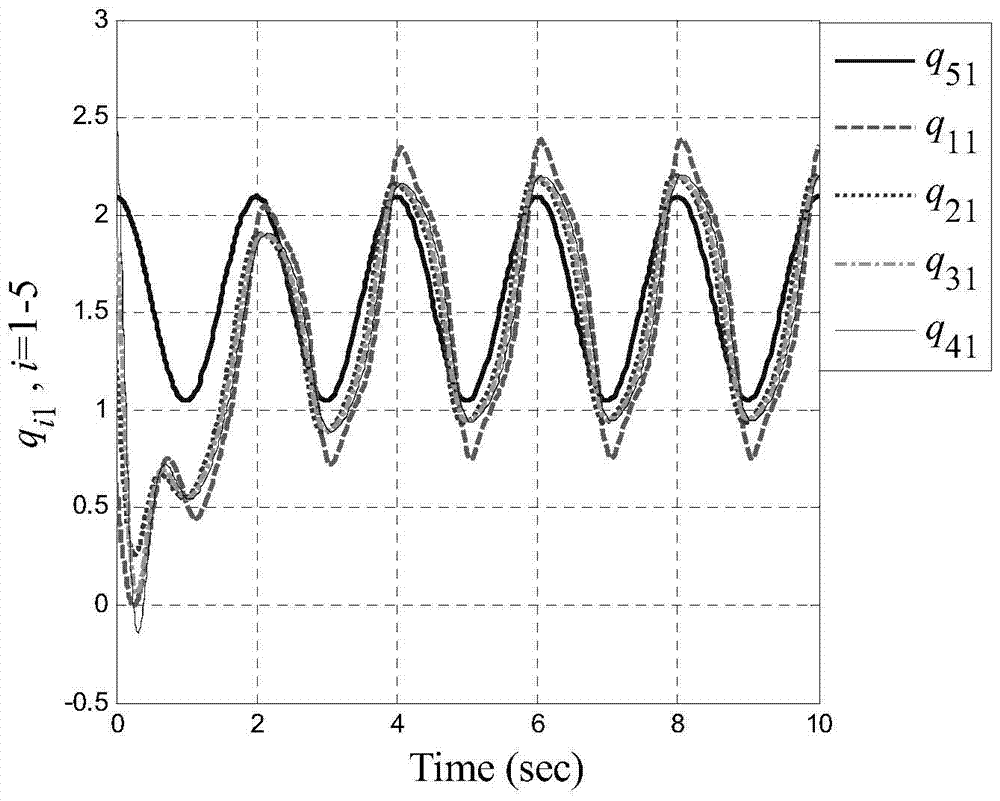Distributed adaptive neural network continuous tracking control method for multi-robot systems
A neural network and multi-robot technology, applied in the direction of adaptive control, general control system, control/regulation system, etc., can solve problems such as external interference and multi-robot system parameter uncertainty
- Summary
- Abstract
- Description
- Claims
- Application Information
AI Technical Summary
Problems solved by technology
Method used
Image
Examples
specific Embodiment approach 1
[0087] combine figure 1 with Figure 5 Describe the multi-robot system distributed adaptive neural network continuous tracking control method in this embodiment. First, introduce the related technologies applied in this embodiment:
[0088] 1. Euler-Lagrange model:
[0089] According to the Euler-Lagrange model:
[0090]
[0091] Indicates the motion equation of the i-th following robot; where q i ∈ R p Denotes follower generalized coordinates, M i (q i )∈R p×p represents the symmetric positive definite inertia matrix, Denotes the Coriolis force and centripetal force matrix, G i (q i )∈R p represents the gravity constraint matrix, τ i ∈ R p Denotes the generalized control force acting on follower i, ω i ∈ R p Indicates external interference. Among them, M i (q i ), G i (q i ) are unknown quantities.
[0092] 2. Distributed tracking control:
[0093] Tracking control refers to the coordinated control problem in which there is only one leader in a mult...
specific Embodiment approach 2
[0167] Different from the specific embodiment 1, the Euler-Lagrange model described in step 1 satisfies antisymmetry and boundedness in the multi-robot system distributed adaptive neural network continuous tracking control method of this embodiment: is an antisymmetric matrix, given any vector x i ∈ R p Have The boundedness refers to the existence of normal constants and k m , making where I p is a p×p order identity matrix.
[0168] Prove that the observer is bounded
[0169] Since the navigator is dynamic, according to the navigator's time-varying velocity formula and time-varying trajectory formula, v is a time variable, so v(t-τ)≠v(t). Therefore, substituting the time-varying velocity formula (6) and the time-varying trajectory formula (7) into the control formula (8) of the distributed observer can get:
[0170] in:
[0171]
[0172] Choose the Lyapunov function:
[0173]
[0174] Define neutral operator And know the neutral operator is stable,...
Embodiment 1
[0207] Embodiment carried out according to specific embodiment 2: a directed communication network composed of five two-degree-of-freedom manipulator robot systems, wherein numbers 1 to 4 are trackers, and number 5 is a navigator, such as figure 2 shown.
[0208] The Euler-Lagrange dynamic equation of each follower is as follows:
[0209]
[0210] where q i =col(q i1 ,q i2 ),
[0211]
[0212]
[0213]
[0214]
[0215]
[0216] J i1 ,J i2 ,m i1 ,m i2 , l i1 , l i2 represent the moment of inertia, mass and length, respectively.
[0217] The trajectory of the dynamic navigator is:
[0218]
[0219] in,
[0220] Navigator corresponds to formula The model parameters in are taken as:
[0221]
[0222] The simulation parameters take:
[0223] L=1m,m 11 =1.02kg,m 12 =1.12kg,m 21 =0.96kg,m 22 =1.15kg,m 31 =1.01kg,m 32 =1.07kg,m 41 =1.04kg,
[0224] m 42 =1.09kg,J 11 =0.21kgm 2 ,J 12 =0.42kgm 2 ,J 21 =0.23kgm 2 ,J 22 =0.39kgm 2...
PUM
 Login to View More
Login to View More Abstract
Description
Claims
Application Information
 Login to View More
Login to View More - R&D
- Intellectual Property
- Life Sciences
- Materials
- Tech Scout
- Unparalleled Data Quality
- Higher Quality Content
- 60% Fewer Hallucinations
Browse by: Latest US Patents, China's latest patents, Technical Efficacy Thesaurus, Application Domain, Technology Topic, Popular Technical Reports.
© 2025 PatSnap. All rights reserved.Legal|Privacy policy|Modern Slavery Act Transparency Statement|Sitemap|About US| Contact US: help@patsnap.com



